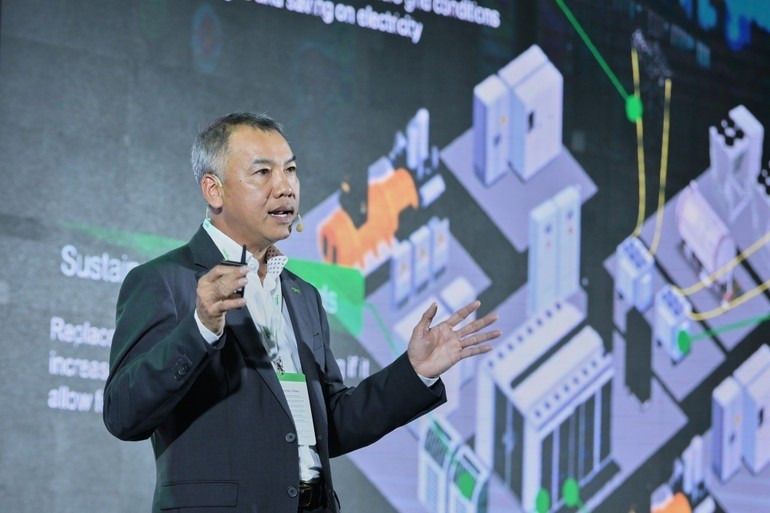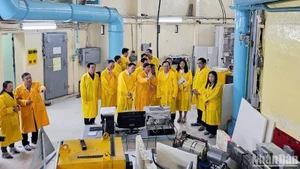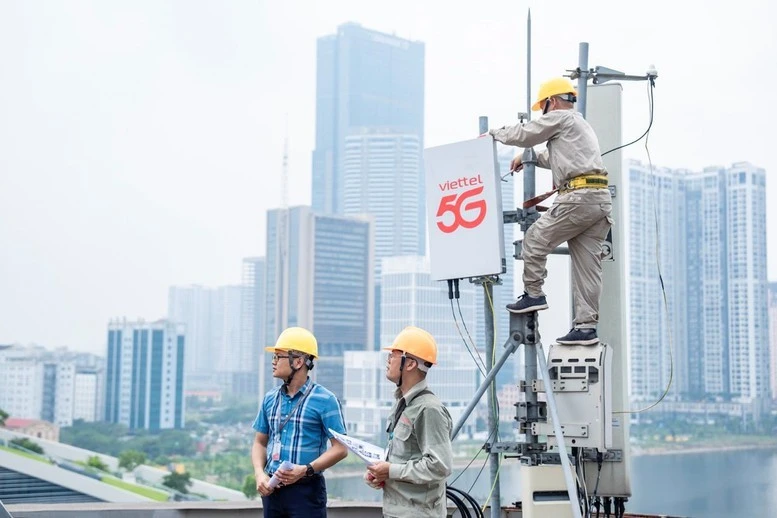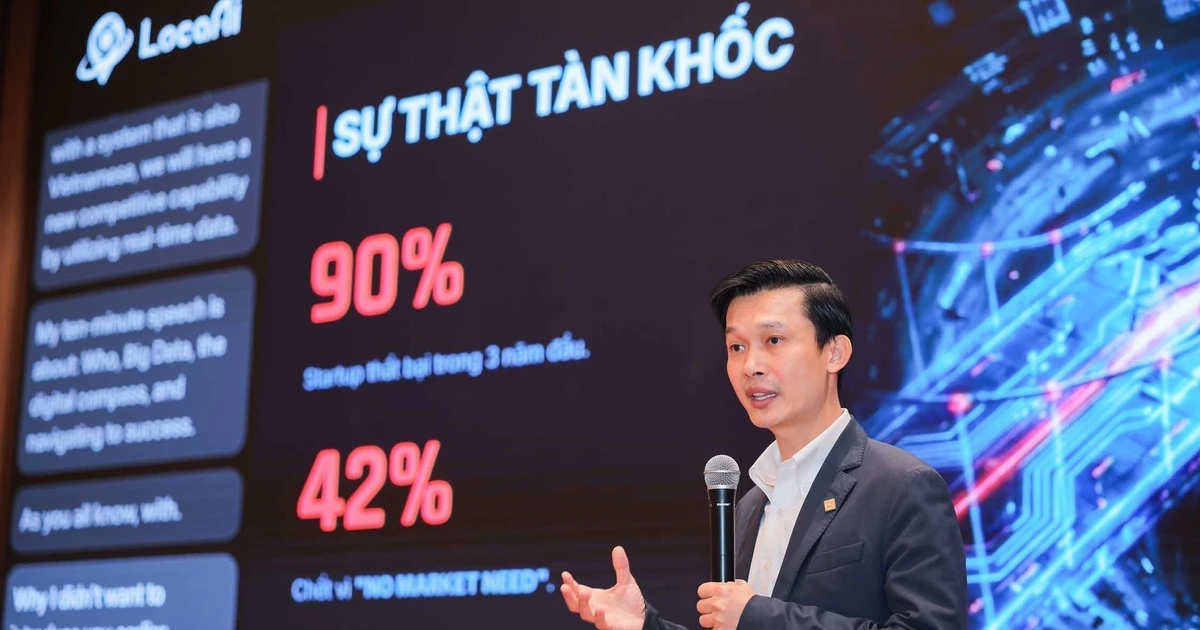AI is reshaping data centres
In emerging markets such as Southeast Asia, particularly Viet Nam, artificial intelligence (AI) is becoming a strategic pillar in the digital transformation journey and national economic development.
According to forecasts, Viet Nam’s AI market is expected to grow by an average of 15.8% annually, reaching 1.52 billion USD by 2030. Looking further ahead, AI could contribute up to 130 billion USD to Viet Nam’s economy by 2040.
AI is driving unprecedented demand for data. In particular, as data becomes a strategic asset, domestic storage, processing and security play a crucial role amid geopolitical uncertainties.
Deloitte estimates that Viet Nam’s total AI market value will reach 65 billion USD by 2035, divided across three segments: applications (30 billion USD), platforms (10 billion USD) and infrastructure (25 billion USD). While all three segments are important, the focus is quickly shifting to infrastructure, with data centres at the core, forming the foundation that determines the AI readiness of each nation and region.
Speaking at the recent Innovation Day Ha Noi 2025, Dong Mai Lam, General Director of Schneider Electric Viet Nam and Cambodia, noted that AI is fundamentally transforming the way infrastructure is designed, operated and optimised — especially data centre infrastructure.
Specifically, AI workloads are growing exponentially, requiring stronger infrastructure than ever. These systems also demand more energy. In 2023, energy consumption for AI workloads and related infrastructure was about 4.3GW, but by 2028 this figure is projected to triple or quadruple, reaching 13.5–18GW.
By share, AI could account for 15–20% of total data centre electricity consumption by 2028, up significantly from 8% in 2023. This means that for every 5kWh used in a data centre, 1kWh will be dedicated to AI processing, creating a need for more efficient cooling systems and higher computing density than traditional IT systems.
At the same time, data processing models are shifting from centralised to distributed, with around 50% of AI workloads expected to be handled through a hybrid model — combining data centres and edge processing — to speed up processing and reduce latency. “This is why, to catch up with the AI wave, Viet Nam needs a revolution in the way data centres are designed, built and operated,” emphasised Dong Mai Lam.
Six trends shaping the future of AI data centre design
According to Schneider Electric Viet Nam and Cambodia’s General Director, six key trends are reshaping AI data centres in particular, and data centre design in general.
First, data centres will enhance interaction and optimisation. Workload allocation based on grid conditions and microgrids not only balances loads but also significantly reduces electricity costs.
Second, sustainable dielectric fluids will gradually replace water in cooling processes. This technology improves heat dissipation efficiency, boosts chip performance and reduces energy costs.
Another trend is the emergence of ultra-deep IT racks, capable of accommodating more complex servers, network cables, water pipes and PDUs for high-density AI clusters.
In addition, high-temperature chiller systems will optimise cooling design and operations with lower energy costs.
Moreover, instead of distributing electricity at low voltage, medium-voltage transformers will be installed directly in technical spaces before IT loads. This reduces copper use, minimises cabling and shortens installation time.
At the same time, AI-optimised rack PDUs will evolve in design, supporting more high-density servers while minimising redundant outlets.
“All these changes aim to build efficient, sustainable and AI-ready data centre infrastructure to handle increasing workloads,” affirmed Dong Mai Lam.
Adaptive data centre solutions for a dynamic future
Due to the surge in AI workloads, data centres are consuming vast resources — from electricity and cooling water to other operational capacities. Meanwhile, power grids in many regions are struggling to provide sufficient and stable electricity.
This reality underscores the need for a smart, sustainable energy strategy supported by advanced management software capable of grid interaction and operational optimisation.
Schneider Electric addresses this challenge with end-to-end solutions that cover the entire lifecycle of a data centre — from design and construction to operation and maintenance. These solutions integrate both hardware and software, optimised for diverse AI applications.
They include sustainable, AI-ready design tools, high-performance power systems to ensure safe and reliable electricity supply, and advanced hybrid cooling technologies that cut energy use. At the operational level, Schneider Electric also offers centralised management platforms, cybersecurity services and customer support programmes, providing a robust safety net throughout the lifecycle of a data centre.
“All these solutions share a common goal: building integrated, scalable and flexible data centre infrastructure tailored to the scale and needs of each customer,” stressed Dong Mai Lam, General Director of Schneider Electric Viet Nam and Cambodia.
















